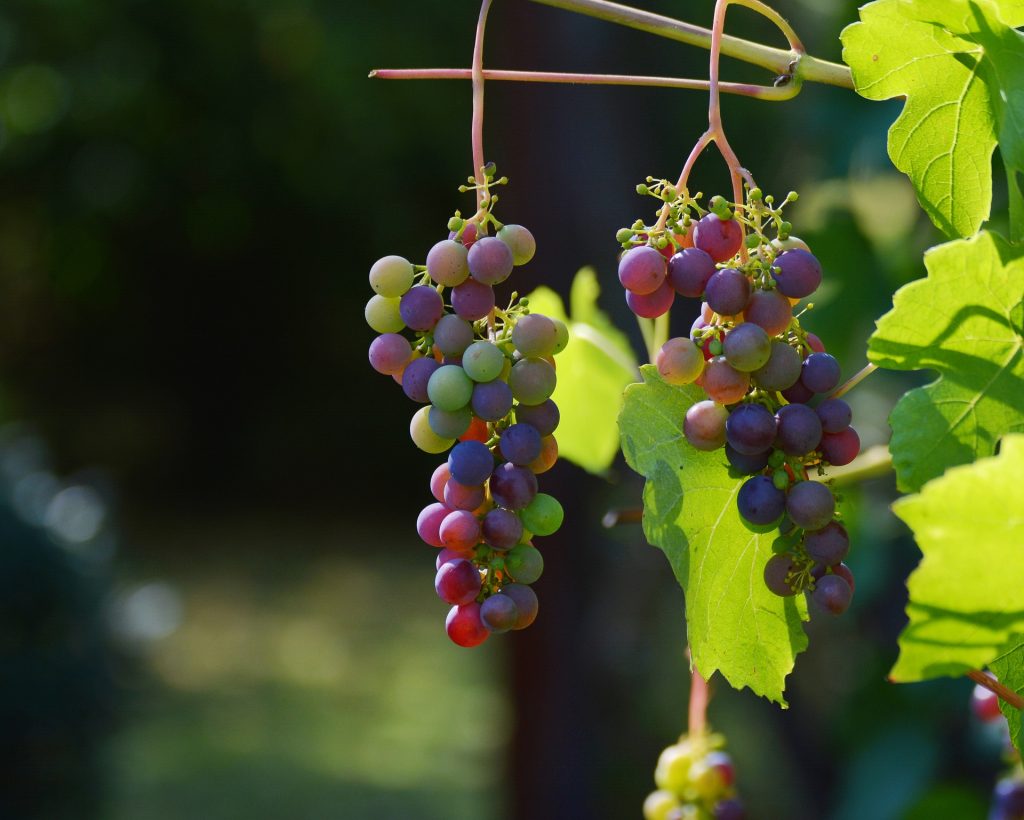Introduction
Red wine has a rich and storied history that dates back thousands of years. Its origins are intertwined with the development of agriculture, culture, and civilization itself. This article explores the fascinating history of red wine, tracing its journey from ancient times to the modern era.
1. Ancient Beginnings
The history of red wine can be traced back to around 6000 BC in the region that is now modern-day Georgia. Archaeological evidence suggests that the earliest known winemaking occurred in this area, where grapes were cultivated and fermented into wine.
- Early Cultures: The ancient Egyptians, Greeks, and Romans all played significant roles in the development of winemaking. In Egypt, wine was used in religious ceremonies and as offerings to the gods. The Greeks celebrated wine in their mythology and established vineyards across their empire, while the Romans expanded viticulture throughout Europe.
2. The Rise of European Winemaking
During the Middle Ages, winemaking became deeply embedded in European culture:
- Monastic Influence: Monasteries became centers of viticulture and winemaking, with monks preserving and improving winemaking techniques. The Benedictine and Cistercian monks played a crucial role in cultivating vineyards and producing quality wines.
- Regulations and Classifications: By the 14th century, wine production was regulated in many regions, leading to the establishment of classification systems that recognized the quality of specific vineyards and grape varieties.
3. The Age of Exploration and Global Expansion
The 15th and 16th centuries marked a period of exploration and colonization that spread winemaking practices around the globe:
- New World Discoveries: Spanish and Portuguese explorers introduced grapevines to the Americas, Australia, and South Africa. The establishment of vineyards in these regions laid the foundation for the global wine industry we know today.
- Technological Advances: The 19th century saw significant advancements in winemaking technology, including the introduction of corks and glass bottles, which improved wine storage and transportation.
4. The Modern Era of Winemaking
The late 20th century brought about a renaissance in winemaking:
- Quality Revolution: A focus on quality over quantity emerged, with winemakers adopting new techniques and emphasizing terroir. Regions like California, Australia, and South America gained international recognition for their high-quality wines.
- Sustainability and Organic Practices: In recent years, there has been a growing emphasis on sustainable and organic winemaking practices. Many producers are now focusing on environmentally friendly methods to cultivate grapes and produce wine.
Conclusion
The history of red wine is a testament to humanity’s enduring relationship with this beloved beverage. From its ancient origins to its modern-day innovations, red wine continues to evolve, reflecting the cultures and traditions of the regions where it is produced. Understanding this history enriches our appreciation for red wine and the craftsmanship behind each bottle.


